Introduction
Every industry has its language, and technology is no exception. Terminology often seems overwhelming, but it serves a purpose it communicates precise meanings and facilitates better collaboration. Terminology with the Use Cases The real challenge lies in contextualizing these terms through use cases. This blog explores how understanding technical jargon can lead to smarter decisions, faster problem-solving, and enhanced career growth.The use case represents the series of interactions between actor and system. The use case document is prepared by a business analyst to provide the required details to the IT team. The various Terminologies used in use cases are listed in this article
Actor:
This is the person or the system customer who will access the system to achieve some goal. Let’s say customers will access a bank ATM system for cash withdrawal.
Bank itself will act as an actor which would use an ATM system that will deposit sufficient cash in order to distribute to its valued customers and bank here will be a system.
Primary actor:
This is known as the actor who is the person or the system for whom the use case is built and exist which will satisfy the goal.
Let’s consider account holders in banks are primary or main actors on the scene whose main objective or goal is to either deposit cash or withdraw money from their respective accounts.
Scenario:
These are the set of activities that has to be performed under some prevailing conditions in order to achieve the goal.
Suppose the instance or the scenario at bank ATM which includes:
Distribution of the cash or customer login that is PIN.
Maintaining or keeping tracklog on record of the interaction which is made between customer and ATM system.4. Main success:
These are the successful interactions that will be presented or noticed. There are no failures and has steps of action in the scenario which are to be performed successfully.
Let’s say the main success scenario at the bank ATM which includes:
The requisite amount of money withdrawal by a legitimate customer and updating of the bank records which will reflect timely changes of bank transactions.
Extension scenario:
These are the interactions that have to be noticed only when some steps actions are not performed in the main success scenario.
Extension scenarios will be referred to as exceptional scenarios.
Let’s say an extension scenario at bank ATM will be:
ATM system which will display- will not have enough cash message or the shortage of money to be fulfilled to the customer requirements.
Key Terminologies and Their Use Cases
Application Programming Interface (API)
Definition: An API is a set of protocols that allow software applications to communicate with each other.
Use Case:
In e-commerce, APIs connect payment gateways (like PayPal or Stripe) to the website, enabling secure transactions. Understanding API documentation helps developers implement these integrations smoothly.
Data Analytics
Definition: The process of analyzing raw data to extract meaningful insights.
Use Case:
In marketing, analytics tools like Google Analytics track user behavior on a website. By interpreting terms like “bounce rate” or “session duration,” marketers optimize campaigns for better user engagement.
Cloud Computing
Definition: Delivery of computing services like servers, storage, and databases ver the internet.
Use Case:
Cloud computing is critical for scalable web applications. For instance, Netflix uses cloud platforms to stream content seamlessly to millions of users globally.
Machine Learning (ML)
Definition: A subset of Artificial intelligence where systems learn from data to make predictions or decisions.
Use Case:
Fraud detection systems in banking use ML algorithms to identify unusual transaction patterns, ensuring customer security.
DevOps
Definition: A set of practices that combine software development (Dev) and IT operations (Ops) for faster, more reliable software delivery.
Use Case:
Amazon uses DevOps practices to automate deployments, reducing downtime and enhancing customer satisfaction.
Developing use case:
The use case will be developed in a step-by-step manner which leads to the step-wise refinement and adding more information for each of the incremental steps.
For developing use cases- simple technical writings with the English grammar will be followed:
The goal is to specify interactions clearly who is doing? Which step is to perform?
Indeed use cases will be formulated at four levels which are been listed:
1. Actors and goals
2. Main success scenario
3. Failure conditions
4. Failure handling
Use case formulation requires main success scenarios followed by failure conditions and failure handling as well.
Other approaches for the requirement analysis:
Following methods and approaches will be employed in problem analysis;
1. State and projection concepts
2. Data flow diagrams
3. Entity relationship diagrams
State VS projection: This will suggest that the system will be operating at some specified condition which is given may be existent in one of the several states of its operation so the detailed problem analysis will be exercised for every existing state.
This kind of state-based requirement analysis will be followed while developing the process control software or the real-time software system. In the case of the projection-based approach, the system will be defined with respect to the multiple points of view which are different projections or viewpoints of the given system which are considered for the problem analysis. Its proposed software system to be developed will be analyzed by collecting various projections of the system as it provides a different perspective for the detailed analysis of the problem.
Data flow diagrams
Data flow diagrams will be referred to as data flow graphs or bubble charts. Data flow diagrams will depute the flow of data through a sequence of processing steps or transformations in the system.
DFD will be commonly used in the problem analysis and to document the software design as well.
Conclusion
Mastering terminology isn’t just about memorizing definitions it’s about applying them to solve problems and drive innovation. At H2K Infosys, we empower learners with hands-on training, ensuring that you not only understand technical terms but can also leverage them effectively in your career.
Take your first step toward mastering technology enroll in H2K Infosys QA software training courses today and unlock your potential!
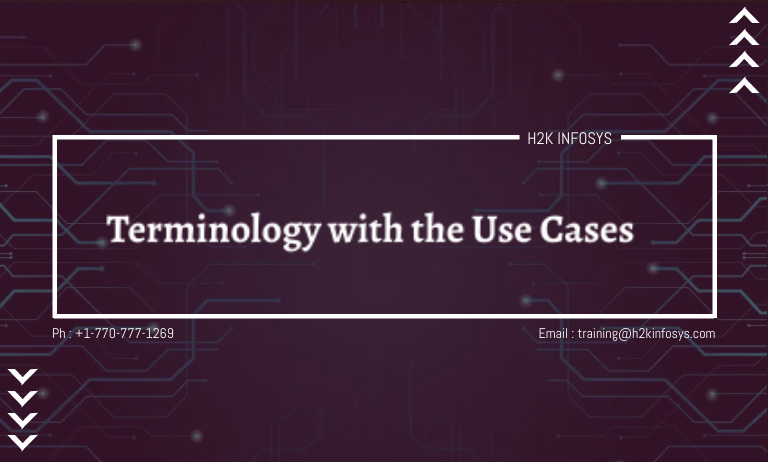


















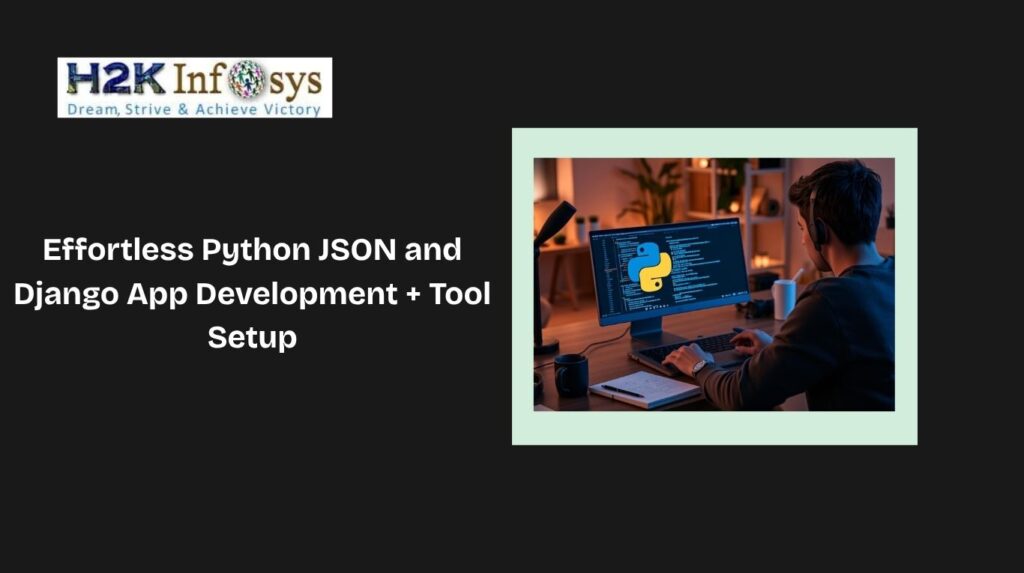


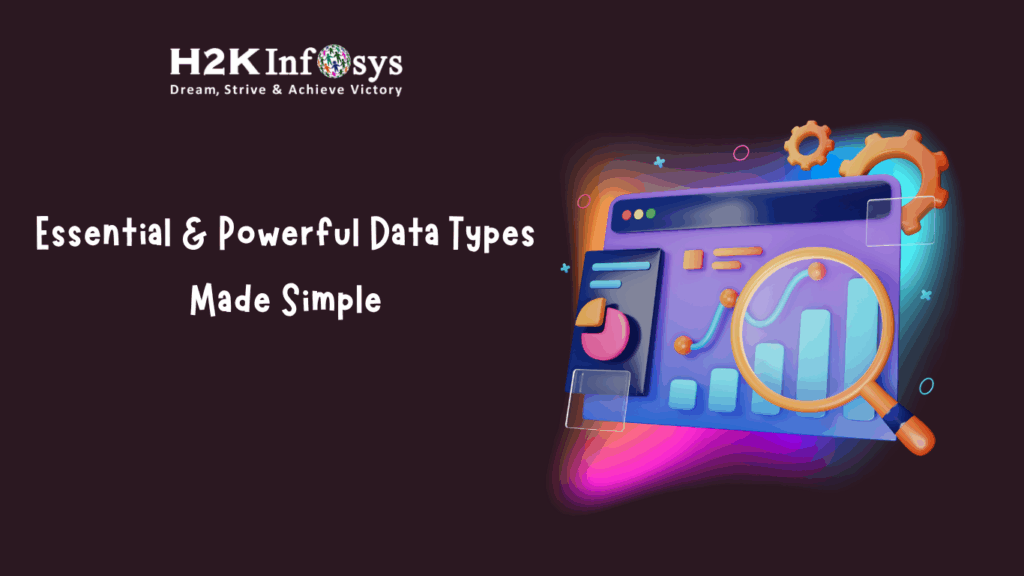

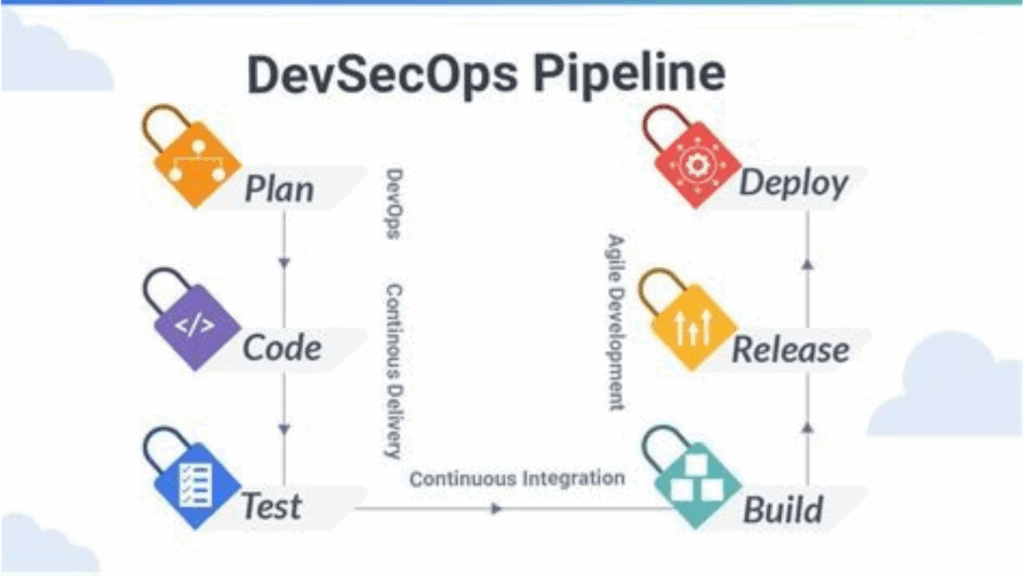


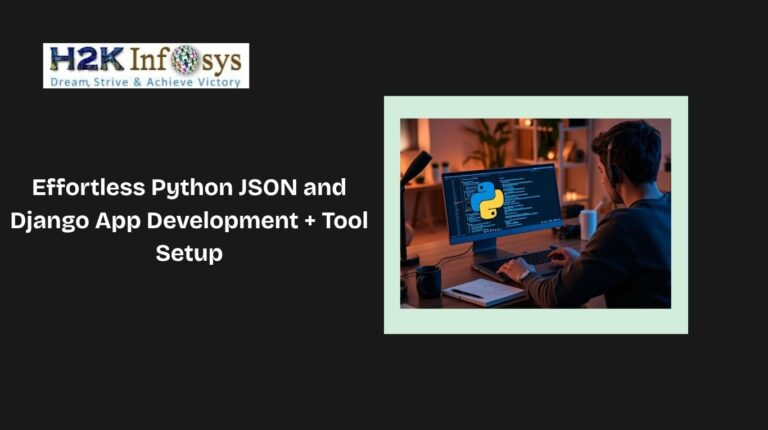


8 Responses
Terminology with the Use Cases:
The Use-case model is defined as a model which is used to show how users interact with the system in order to solve a problem. As such, the use case model defines the user’s objective, the interactions between the system and the user, and the system’s behavior required to meet these objectives. The various terminologies used in use cases are listed in this article.
1. Actor: This is the person or the system customer who will access the system to achieve some goal.
2. Primary actor: This is known as the actor who is the person or the system for whom the use case is built and exist which will satisfy the goal.
3. Scenario: These are the set of activities that has to be performed under some prevailing conditions in order to achieve the goal.
4. Extension scenario: These are the interactions that have to be noticed only when some steps actions are not performed in the main success scenario.
5. Developing use case: The use case will be developed in a step-by-step manner which leads to the step-wise refinement and adding more information for each of the incremental steps.
6. Data flow diagrams: Data flow diagrams will depute the flow of data through a sequence of processing steps or transformations in the system.
The use case will be developed in a step-by-step manner which leads to the step-wise refinement and adding more information for each of the incremental steps.
For developing use cases- simple technical writings with the English grammar will be followed: The goal is to specify interactions clearly who is doing? Which step is to perform? Indeed, use cases will be formulated at four levels which are been listed.
1. Actors and goals
2. Main success scenario
3. Failure conditions
4. Failure handling
Terminology with USE case
A visible interaction between an actor and a solution when the actor uses that system to accomplish a goal. Use cases have multiple paths that can be taken to achieve a specific goal. They can be represented as a narrative or as a visual model. Use cases can be classified as a business use case or a system use case.
• Business Use Case – Describes how actors interact with a process or business function.
• System Use Case – Describes the interaction between an actor and a software application.
The use case represents the series of interactions between actor and system. The use case document is prepared by a business analyst. The various terminologies used in use cases are listed below:
1. Actor: This is the person or the system customer who will access the system to achieve some goal.
2. Primary actor: This is known as the actor who is the person or the system for whom the use case is built and exist which will satisfy the goal.
3. Scenario: These are the set of activities that has to be performed under some prevailing conditions in order to achieve the goal.
4. Main success: These are the successful interactions that will be presented or noticed. There are no failures and has steps of action in the scenario which are to be performed successfully.
5. Extension scenario: These are the interactions that have to be noticed only when some steps actions are not performed in the main success scenario. Extension scenarios will be referred to as exceptional scenarios.
6. Data flow diagrams : Also known as DFD is used in the problem analysis and to document the software design. It will depute the flow of data through a sequence of processing steps or transformations in the system.
Use case represents the series of interactions between the system user(actor) and the system. The list of activities to be done is prepared by the Business analysts for the IT team. the various terminology used in use case are
Actor–This the person or the system customer who will access the system to achieve the some goal
Primary Actor–This is the Actor who is the person or the system customer who will acces sthe system to achieve some goal.
Scenario– These are the activities to be done under some prevailing conditions in order to achieve the goal
Actor:
This is the person or the system customer who will access the system to achieve some goal. Let’s say customers will access a bank ATM system for cash withdrawal.
Bank itself will act as an actor which would use an ATM system that will deposit sufficient cash in order to distribute to its valued customers and bank here will be a system.Developing use case:
The use case will be developed in a step-by-step manner which leads to the step-wise refinement and adding more information for each of the incremental steps.
For developing use cases- simple technical writings with the English grammar will be followed:
The goal is to specify interactions clearly who is doing? Which step is to perform?
Indeed use cases will be formulated at four levels which are been listed:
1. Actors and goals
2. Main success scenario
3. Failure conditions
4. Failure handling
The use case represents the series of interactions between actor and system. The use case document is prepared by a business analyst. The various terminologies used in use cases are listed below:
1. Actor: This is the person or the system customer who will access the system to achieve some goal.
2. Primary actor: This is known as the actor who is the person or the system for whom the use case is built and exist which will satisfy the goal.
3. Scenario: These are the set of activities that has to be performed under some prevailing conditions in order to achieve the goal.
4. Main success: These are the successful interactions that will be presented or noticed. There are no failures and has steps of action in the scenario which are to be performed successfully.
5. Extension scenario: These are the interactions that have to be noticed only when some steps actions are not performed in the main success scenario. Extension scenarios will be referred to as exceptional scenarios.
6. Data flow diagrams : Also known as DFD is used in the problem analysis and to document the software design. It will depute the flow of data through a sequence of processing steps or transformations in the system.
The use case represents the series of interactions between actor and system. The use case document is prepared by a business analyst to provide the required details to the IT team. The various terminologies used in use cases are listed in this article.
For developing use cases- simple technical writings with the English grammar will be followed:
The goal is to specify interactions clearly who is doing? Which step is to perform?
Indeed use cases will be formulated at four levels which are been listed:
1. Actors and goals
2. Main success scenario
3. Failure conditions
4. Failure handling